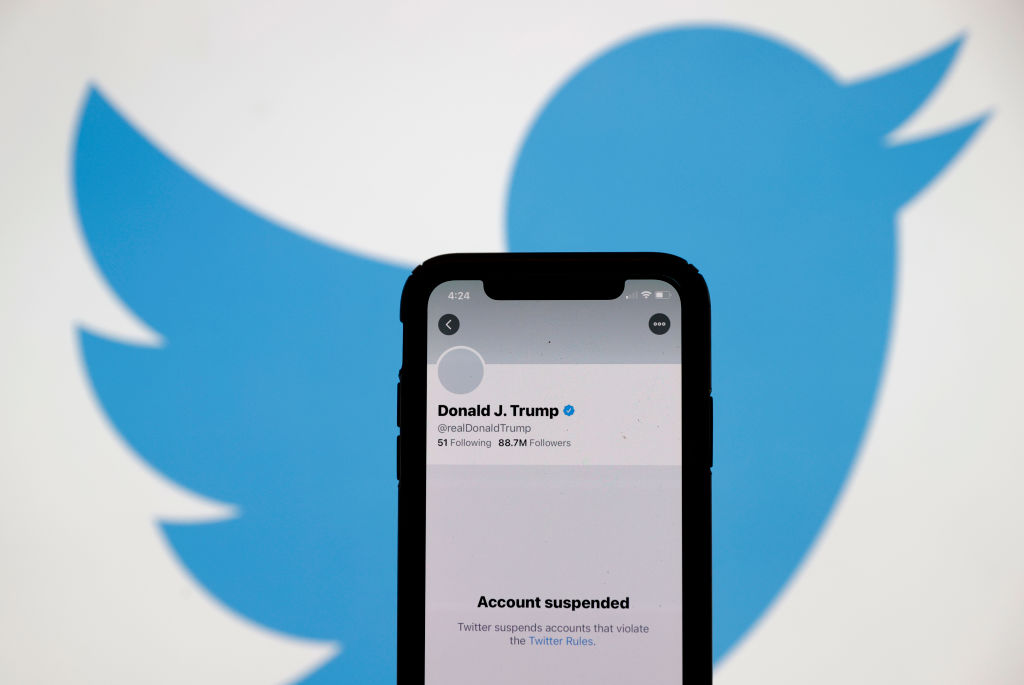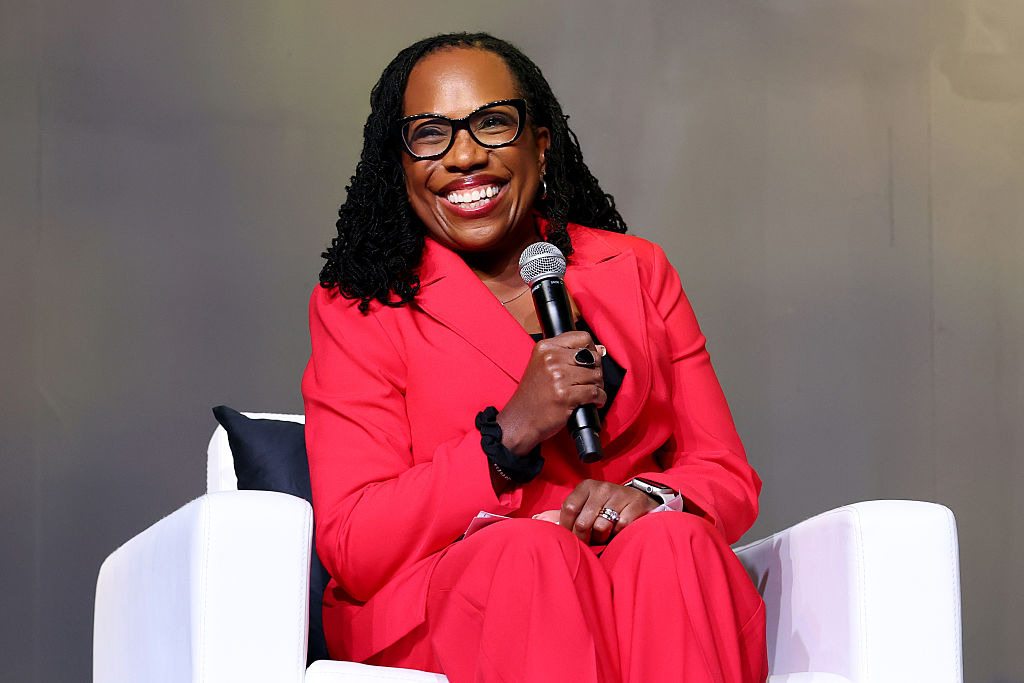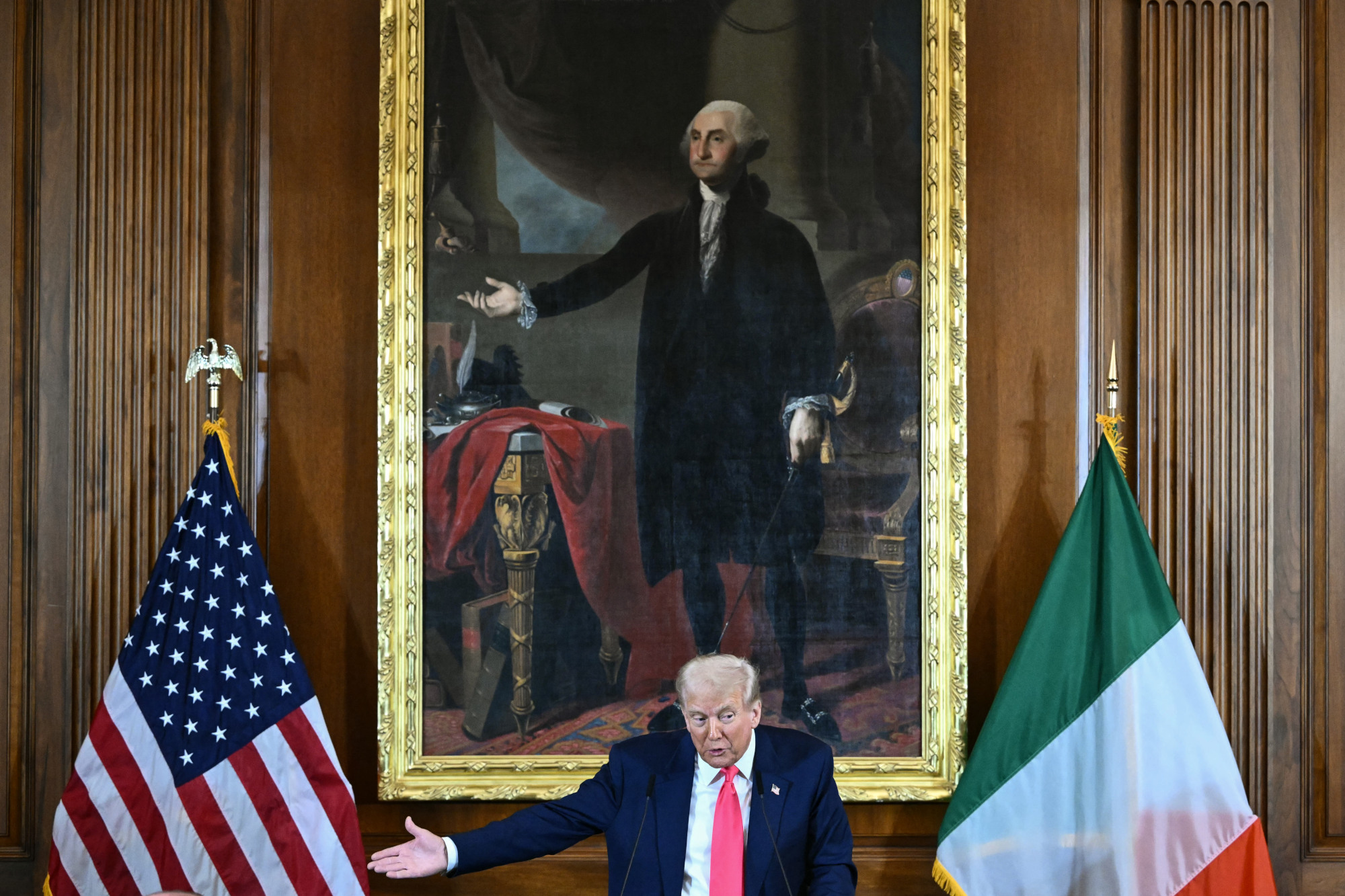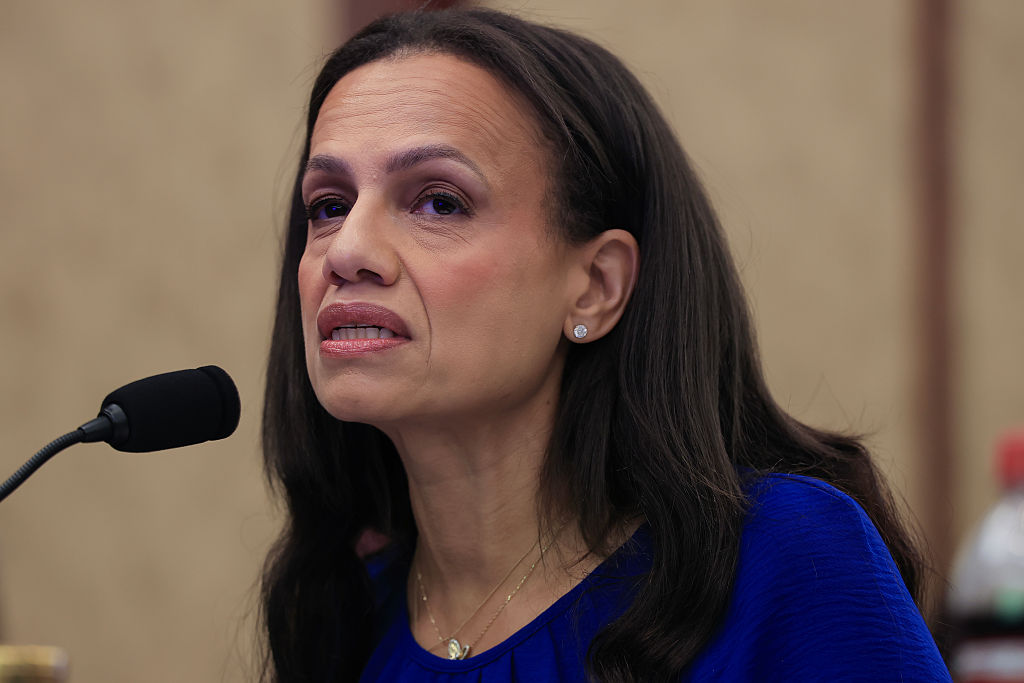As we approach the final withdrawal of all US and Nato forces from Afghanistan, it’s worth pointing out a shocking double-standard that has so far gone strangely unnoticed. How can it be that Twitter has banned a US president, who even in defeat garnered more than 74 million votes in 2020, yet still allows the Taliban to pump out propaganda on its platform?
Let’s be clear. The Taliban is a hard-line Islamist group that extols jihad, opposes democracy and is engaged in a brutal war of attrition against a democratically elected government in Afghanistan.
As Paul Wood noted in these pages on June 24, Twitter is the Taliban’s preferred social media platform. At the time of writing, the official Taliban spokesman’s account has over 204,000 followers and is prolific in daily output, tweeting official statements, numerous attack claims and occasional propaganda. Twitter seems to have no problem with this.
Much of the content mirrors what has been uploaded onto the group’s official Voice of Jihad website, so Twitter is in many ways acting as a free dissemination tool for the Taliban.
The spokesman, or his administrators, are normally careful not to cross the platform’s so-called moderation policy, but the account has tweeted content that clearly constitutes an incitement to violence, which is the charge that Twitter CEO Jack Dorsey used to remove Donald Trump from the platform, permanently, in January, following the Capitol Hill riot.
How does that standard not apply to the Taliban? One video tweeted by the group’s spokesman in April (still viewable today) shows a vehicle belonging to the Afghan security forces making its way through a narrow alleyway in Jalalabad. The video, filmed through the front windscreen of a waiting Taliban member around 100 yards away, runs for seven seconds before the approaching vehicle is jettisoned sky high by an improvised explosive device (IED). The spokesman’s tweet added that this was a ‘tactical explosion’. If that is not an incitement to violence, then I do not know what is. I don’t know what the casualty toll was for that incident. Judging by the force of the explosion alone, I very much doubt anyone in the vehicle survived.
This video was also widely shared and celebrated by a large network of Taliban supporters on Twitter, many of whom added hate-filled messages. Many of these supporters appear to operate authentic accounts but there are also accounts that demonstrate inauthentic activity (bots). The supporters routinely deploy hashtag campaigns on Twitter to generate further content engagement. One ‘popular’ campaign in terms of likes and retweets was #Get_out_of_Afghanistan, which was accompanied by multiple use of videos showing archive IED strikes targeting Nato and Afghan forces.
More clear incitement to violence — but not even a chirp from Twitter.
Most prominent Taliban supporters have a presence on other social media platforms as well, notably Facebook and Telegram, to spread content further. But in terms of reach and visibility — especially for messaging aimed at the international audience — Twitter is number one. Occasional takedowns do occur, but the Taliban supporters soon reemerge on the platform, often using the same, or similar, account names, with just a small incremental number change.
In a further demonstration of Twitter’s chaotic takedown approach, several well-established analysts of the Afghanistan security environment had their accounts suspended temporarily in recent months, presumably because an automated ‘moderation’ algorithm was unable to distinguish between a real jihadist account and one who comments on and analyses jihadist activity.
Twitter has taken action on accounts run by, or supporting, the so-called Islamic State — so a coordinated takedown strategy is clearly possible, when there is the will. The predominant language of IS content is Arabic, and resources and time have clearly been spent to block or remove material in this case.
So why can’t similar efforts be made for jihadist content in Pashto, the predominant language for Taliban messaging? The simple truth of the matter, I suspect, is that social media executives do not perceive the Afghanistan-focused Taliban to be as much of a threat to their way of life as IS, and the latter’s high-profile attacks in Western cities will have focused minds.
The fact that many reports continue to shed light on existing ties between al-Qaeda and the Taliban in Afghanistan should be enough to counter this rationale. More importantly, what about the death toll in Afghanistan: don’t Afghan lives matter?
Donald Trump’s actions — and his tweets — during the Capitol Hill riot should not be excused, but Twitter’s absurd double-standards deserve to be called out.
The author of this article, an active open-source intelligence (OSINT) analyst who specializes in jihadist output on social media, is writing under an alias.

























